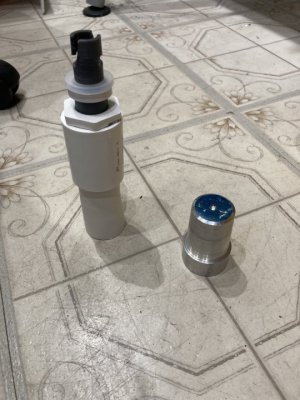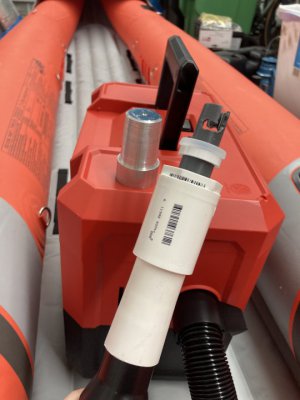- Joined
- Sep 22, 2019
- Messages
- 1,098
New insert, tool on center, compound set to 29.5 or as close as I can tell.
The SC 9A index marks are on the back side and a real PITA to see.
I just tried again w/the next higher speed, 740 rpm, and it seemed to work better. Got a free spinning nut on a fine 1/2" thread, still too loose though with .045 total DOC on then compound.
Will try again and stop at .040 and see how it works out this time
Also
The SC 9A index marks are on the back side and a real PITA to see.
I just tried again w/the next higher speed, 740 rpm, and it seemed to work better. Got a free spinning nut on a fine 1/2" thread, still too loose though with .045 total DOC on then compound.
Will try again and stop at .040 and see how it works out this time
Also



